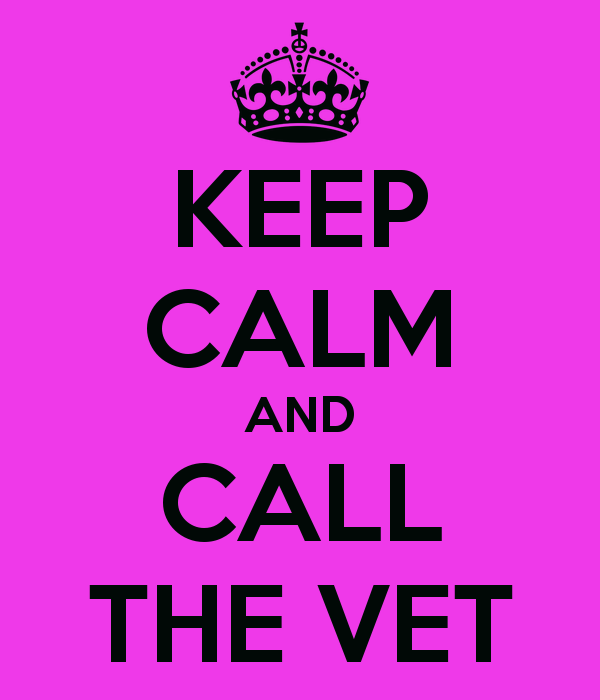I love my vet! That’s because he loves my doggies as much as I do, and I believe he is on my side, and not just in it for the money. He demonstrates this is many ways, always offering cost effective options for treatment, like using a compounding chemist rather than the brand drug for Bingo’s Cushing’s Disease.
But I often hear people complaining about vet costs, and how they are escalating. And yes that is true, as a pet insurer we see that every day, and so we are always looking at ways to keep premiums affordable, at the same time as offering meaningful cover. We know that one of the reasons for escalation in costs is because vets can do so much more lifesaving and life extending treatment these days. Which is great – it means we can spend more time with our beloved fur friends. But the privilege comes at a price.
Given this I thought it would be worth taking a look at what vets have to pay for, and put this in context of their fees.
The first thing to consider is that getting a vet science degree in Australia can take 5 or 6 years, depending on the University. The courses are demanding, and not for the faint hearted. So I would say, anyone who does this is by definition committed to the profession that helps animals. Once they have completed the average starting salary in Australia is $48,000 compared to Medicine, which is around $60,000 (Australian Bureau of Statistics). So after all that study, they’re likely to start off with a hefty study bill, and a relatively low salary.
Once you are in practice, like any enterprise there are basic running costs – rent, electricity, insurance, cleaning, computers, stationery, etc. Anyone who has run any business can tell you how these costs add up.
But then the vet also has to be prepared for emergencies – so that means having on hand expensive instruments and medications. Just in case. It’s like insurance – the last thing you want to pay for, but the first thing you are grateful to have on hand if there is an emergency.
Most obvious is the equipment. My vet does X Rays. I am not sure how much that machine costs, but I would guess $50,000 would be close. Then there’s diagnostic equipment, surgical equipment, sterilization equipment, and even dental equipment!
Then we have the wonderful team that work with the vet. There are vet nurses, and receptionists. Given the hours they operate they need more than 1 receptionist, and several vet nurses and additional vets to keep the operation going for as many hours as possible. Then there’s the support crew – cleaners, the accountant ….
All of this has to be paid for, so I really can’t see how vets would be making a squillion at the expense of animal lovers who want to do the best thing by their pet. And let’s not forget the emotional toll of such a profession – how awful to be in a position where you can’t help a pet because of money. Vets simply can’t give everything away, although there are many who provide services to rescue pets who don’t charge for their time, and offer reduced prices for de-sexing and vaccinations.
We believe that responsible pet ownership means that it’s important to take account of the cost over the longer term of looking after your pet. And this inevitably means visiting the vet – so it’s as well to be aware of the fact that vet fees can be costly, but there is strong justification for this!
I don’t think for one minute that my vet is more interested in his income than my pet. What do you think!???







Leave A Comment